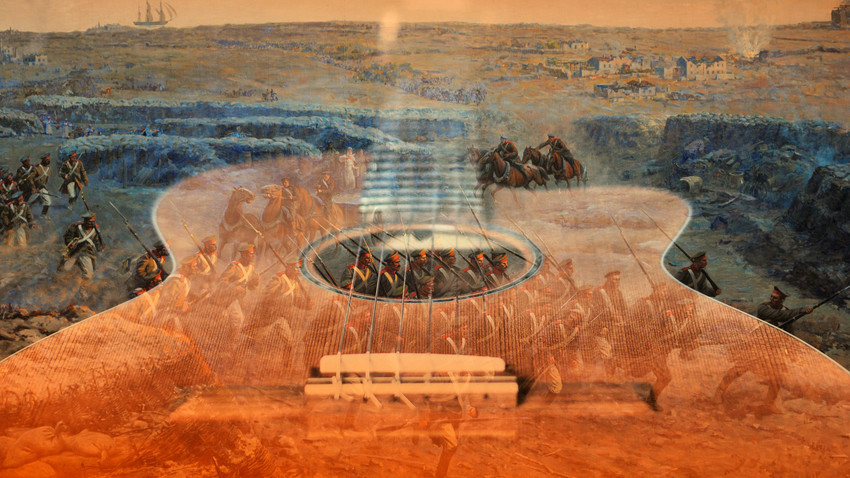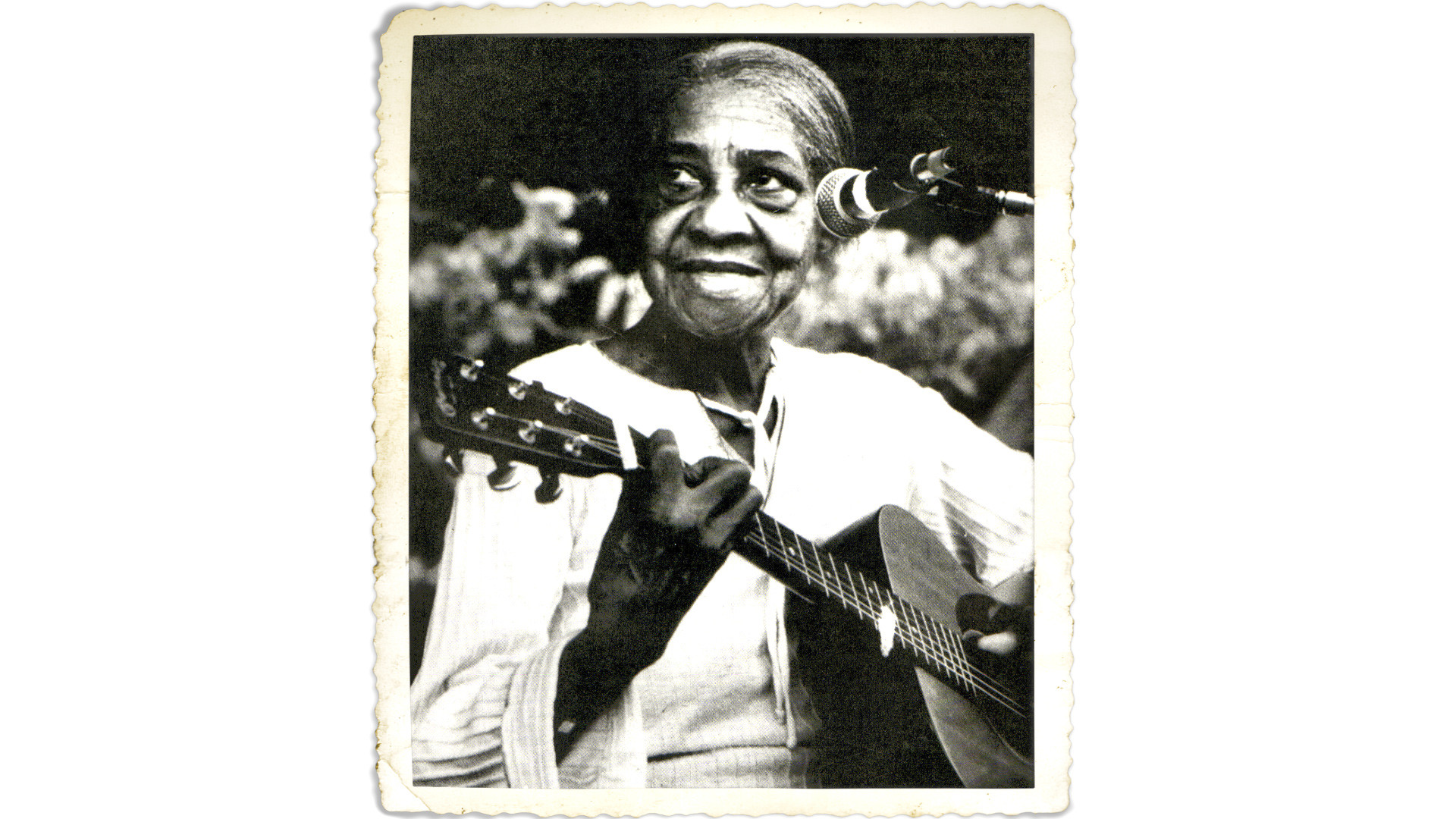How the Crimean War influenced Mississippi Delta blues

The Crimean (Eastern) War, fought between Russia and the united forces of Britain, France, and Turkey gave birth to many things, including balaclavas and war correspondents. It was also the first war reported worldwide using telegraphs and photos, and it’s coverage reached as far as the U.S., where people were hooked on what was going on

Henry Worall (1825 - 1902)
Kansas Historical SocietyIn 1856, the year the war ended,

Elizabeth "Libba" Cotten
Getty ImagesWhat contributed to the huge popularity of the tune was its simplicity – even beginners could perform it in open tuning. Back then, most amateurs learned to play the guitar on relatively cheap and small “parlor guitars” that came with small books of simple sheet music. Most of them included
The simple tuning and notes became hugely popular in the Mississippi Delta, where the guitar became the seminal instrument for the new music later called “blues.” So “Vestapol” tuning and fingerpicking forms used in the tune became starters for classic Delta guitar fingerpicking styles.
Meanwhile, the song lived on: it regained its popularity during the “rediscovery” of blues in the 1950s and 60s. It was performed around 1960 by the legendary blueswoman Elizabeth “Libba” Cotten and later reworked and popularized by master fingerpicking guitarist John Fahey under the name “Poor Boy’s A Long Way From Home” (although there’s also an album edition under the title “Siege of Sevastopol”). But at its core, it carries Henry
Check out John Fahey's magnificent rendition of this classic.
If using any of Russia Beyond's content, partly or in full, always provide an active hyperlink to the original material.
Subscribe
to our newsletter!
Get the week's best stories straight to your inbox